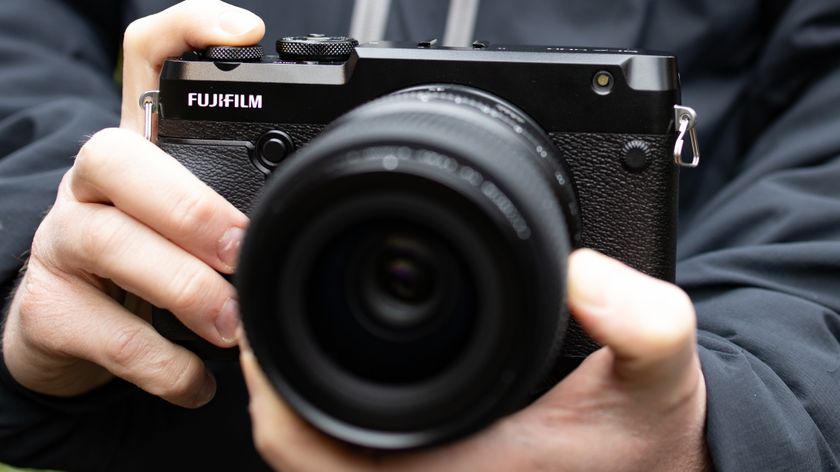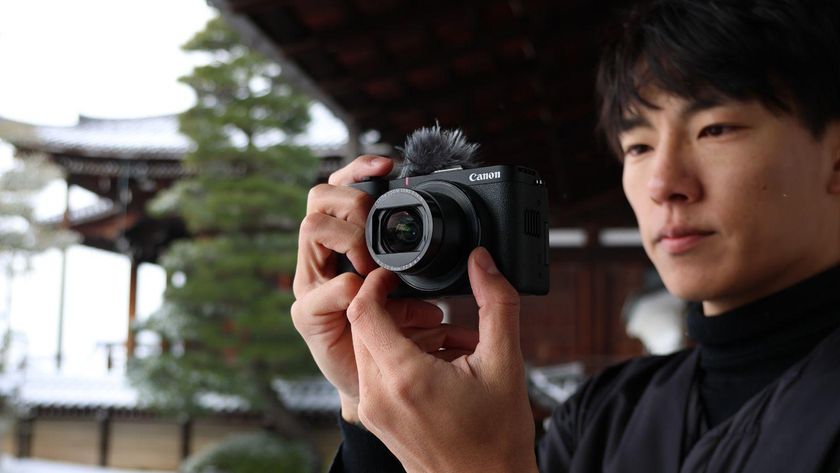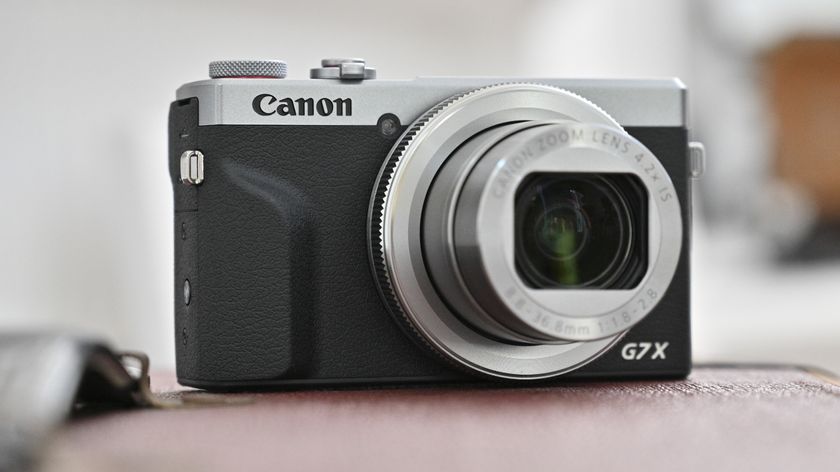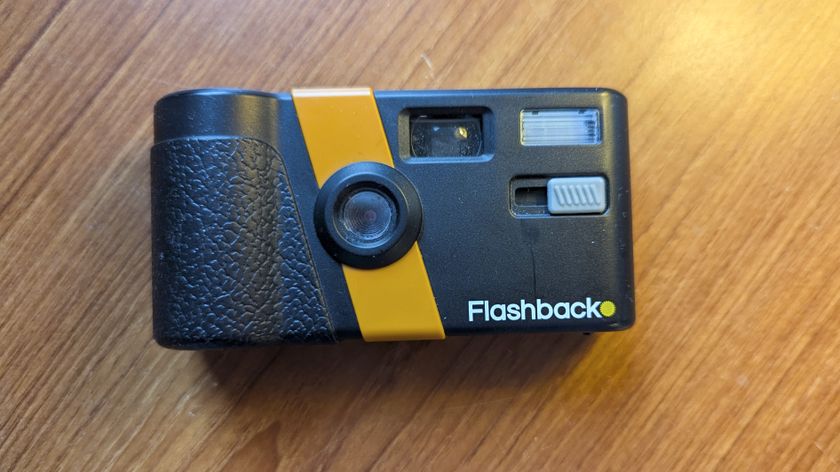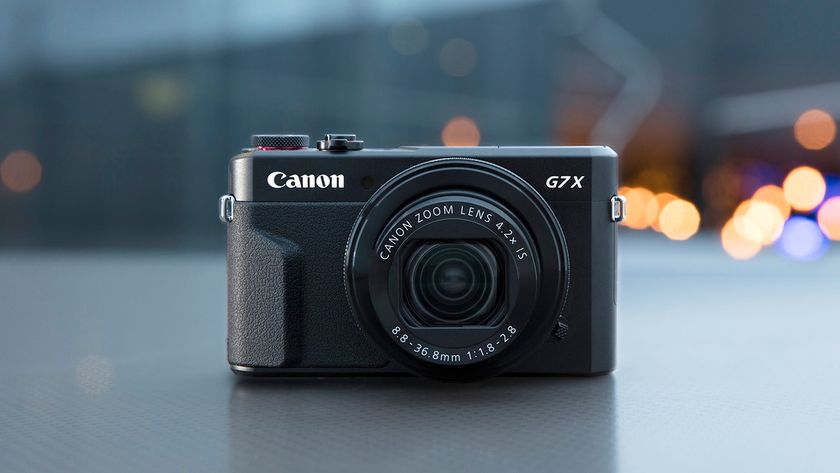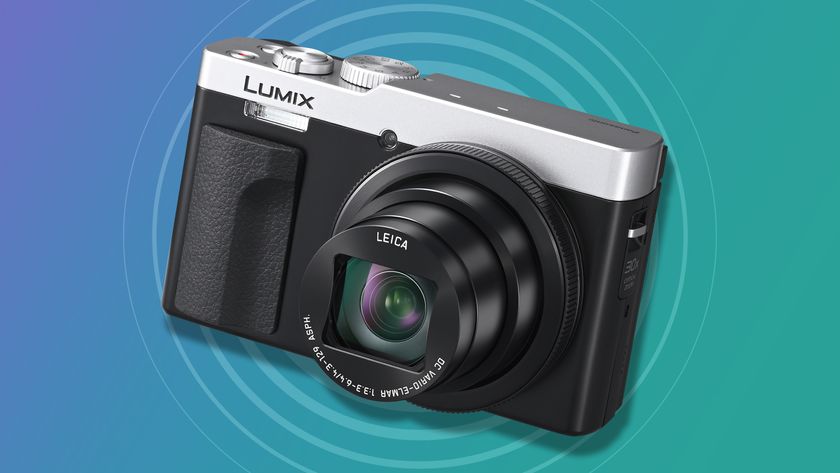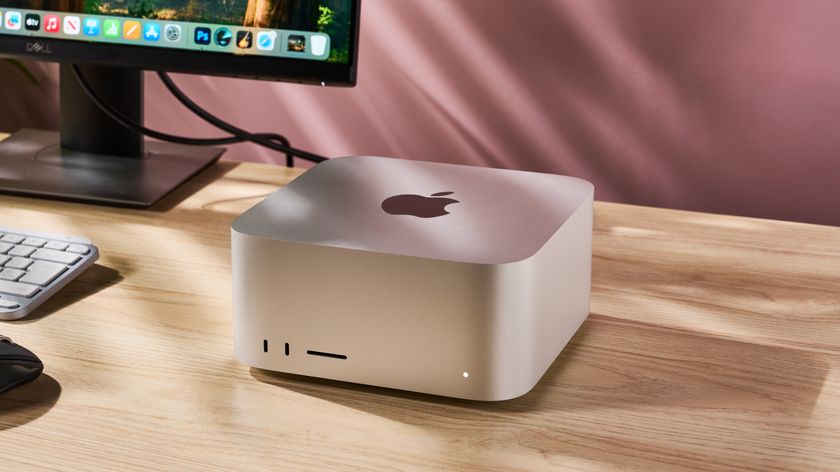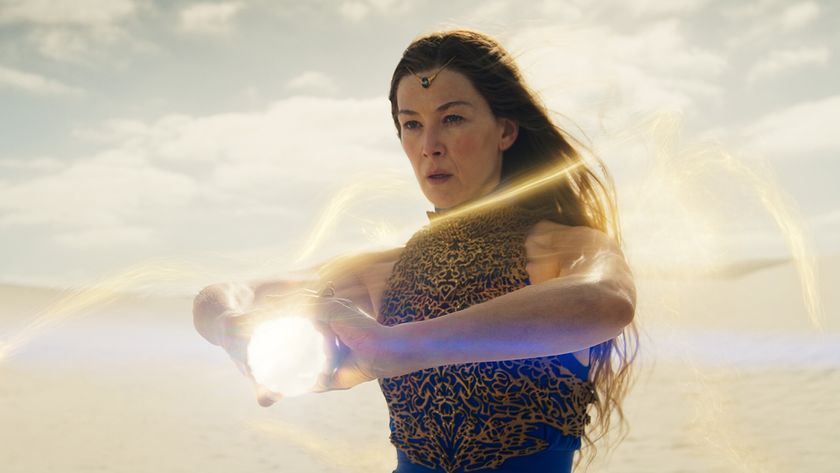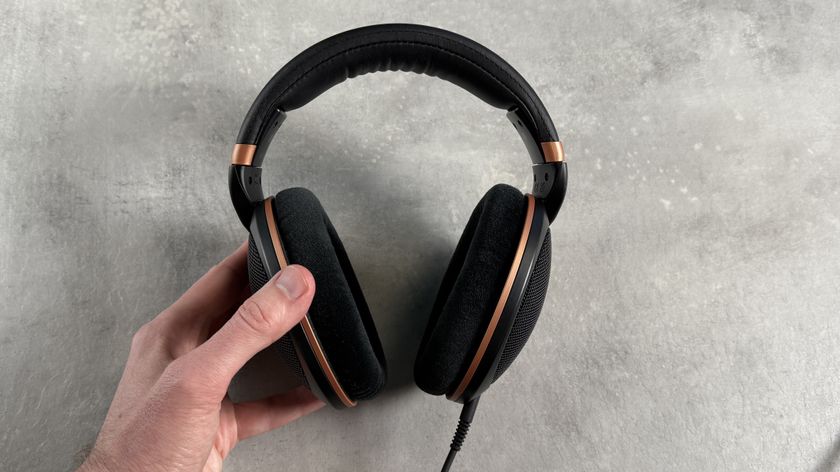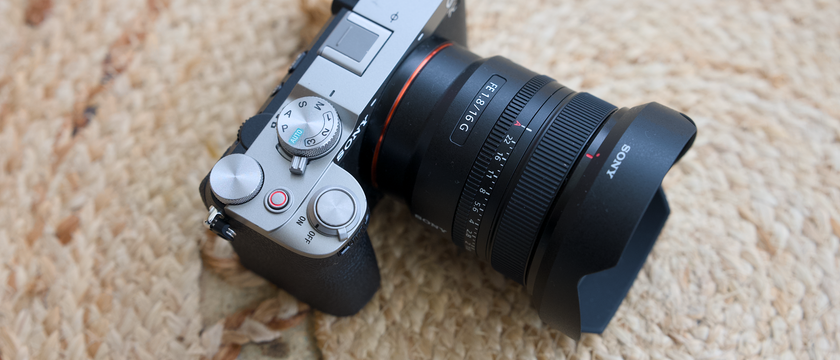TechRadar Verdict
If you're looking for a good workhouse camera to carry around with you, then the Canon G16 a good bet. Take a look at the Canon S120 though if you need something a touch more pocket friendly – it features the same sensor.
Pros
- +
Full manual control
- +
Raw format shooting
- +
Built-in Wi-Fi
Cons
- -
No touchscreen
- -
Limited flexibility with digital filters
- -
Can't use Wi-Fi for remote shooting
Why you can trust TechRadar
The Canon GXX series has long been considered the natural back-up camera for DSLR users, especially those already familiar with the Canon brand.
As such, the outward design of this range has changed little from its first incarnation. The Canon PowerShot G16 is no different, looking outwardly almost identical to the year-old Canon PowerShot G15 it replaces. But of course, inside there have been a few notable changes.
First up is the sensor. While it remains the same pixel count, at 12.1MP, and physical size, at 1/1.7-inch, Canon says that the CMOS sensor is a completely new design, featuring back illumination.
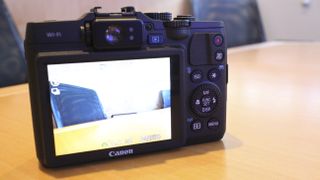
The Canon G16 now includes inbuilt Wi-Fi, something which Canon's David Parry says is "pretty much essential" for new compacts.
What Canon is most keen to shout about, and perhaps the most exciting new feature, however, is the Digic 6 processor. This is Canon's latest generation of processor which enables some pretty special things, most notably an impressively fast 9.3fps (JPEG, without continuous autofocus), which doesn't have a buffer - in real terms that means you can, in theory, keep on shooting until your card runs out. It also means you can shoot a sequence, stop shooting and be ready to shoot again.
It should also mean that low light performance is once again improved. The Canon G16 is capable of shooting at up to ISO 12800. Canon also claims that AF speed has been significantly improved - apparently it is 41% quicker than its predecessor, the Canon G15.
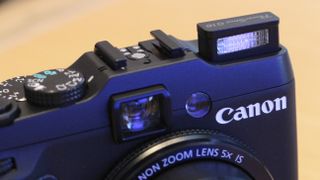
Two new creative modes have been created for this camera. Background Defocus shoots two photos, one completely in focus, one out of focus, then combines the two images to produce DSLR-style background defocus effects. This is done in-camera automatically.
The second is Star Mode, which has been designed with night time photographers in mind. Canon says that it is so confident of the camera's low light capabilities that it actively wants to encourage photographers to use it in pitch black conditions.
Star Mode is a fully automatic mode that triggers the best settings for capturing night time skies. It's also capable of recording star trials and creating time-lapse movies - again, all captured and created within the camera without the need for post-processing. HDR mode has also been improved to include new digital filters.
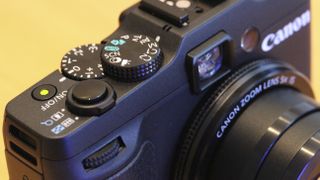
Manual Focus Peaking has been introduced for the first time in a Canon compact camera. It's a technology that has existed in Canon's range of video cameras before, and we have seen it from other manufacturers fairly recently. The sensitivity of focus peaking can also be set depending on how strong you want it to be. Different colours can also be set, which can be useful depending on the subject you're shooting.
As found on the Canon G15, the Canon G16 features an f/1.8-f/2.8 5x optical zoom lens, with a maximum wide-angle of 28mm. At its full telephoto zoom it offers a 35mm equivalent of 140mm and a maximum f/2.8 aperture.
The exterior of the camera is pretty much identical to its predecessor, the Canon G15. Canon says that this is because it has been honed throughout the years and is one that consumers feel comfortable with.
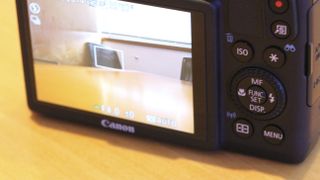
Canon has also announced a replacement for the Canon S110 in the shape of the Canon S120. That takes a lot of the features of the Canon G16 but places them in a slimmer body, and is worth investigating if you're looking for something a little more pocket-friendly.
When the original Canon G series camera launched it had far less competition that it does in the current market. Probably the biggest competitor for this camera is the Sony RX100 II, as well as the Nikon P7700.
The Canon PowerShot G16 will have a full price of £529.99 (around US$830/AU$920), making it slightly more expensive than the Nikon but a fair bit cheaper than the Sony.
Amy has been writing about cameras, photography and associated tech since 2009. Amy was once part of the photography testing team for Future Publishing working across TechRadar, Digital Camera, PhotoPlus, N Photo and Photography Week. For her photography, she has won awards and has been exhibited. She often partakes in unusual projects - including one intense year where she used a different camera every single day. Amy is currently the Features Editor at Amateur Photographer magazine, and in her increasingly little spare time works across a number of high-profile publications including Wired, Stuff, Digital Camera World, Expert Reviews, and just a little off-tangent, PetsRadar.
